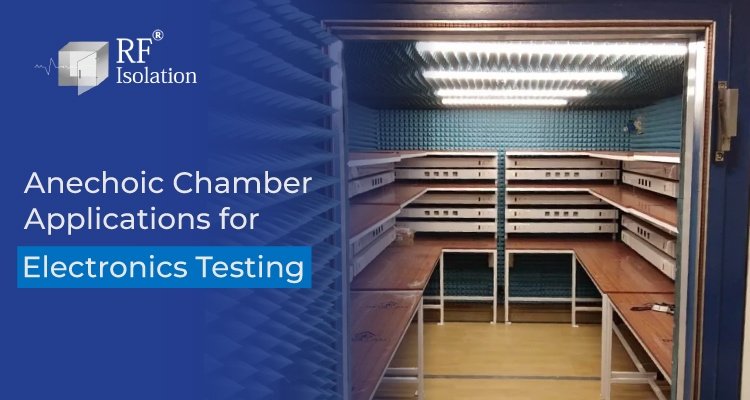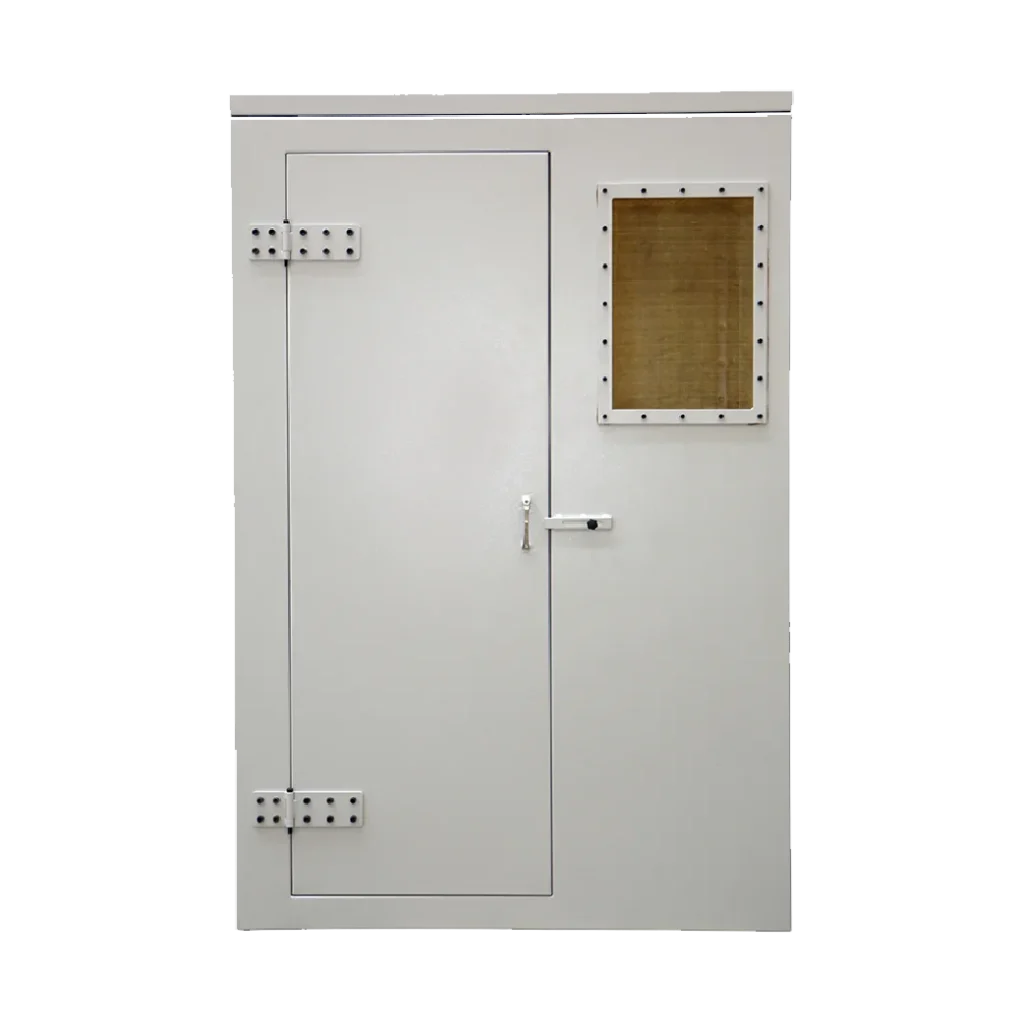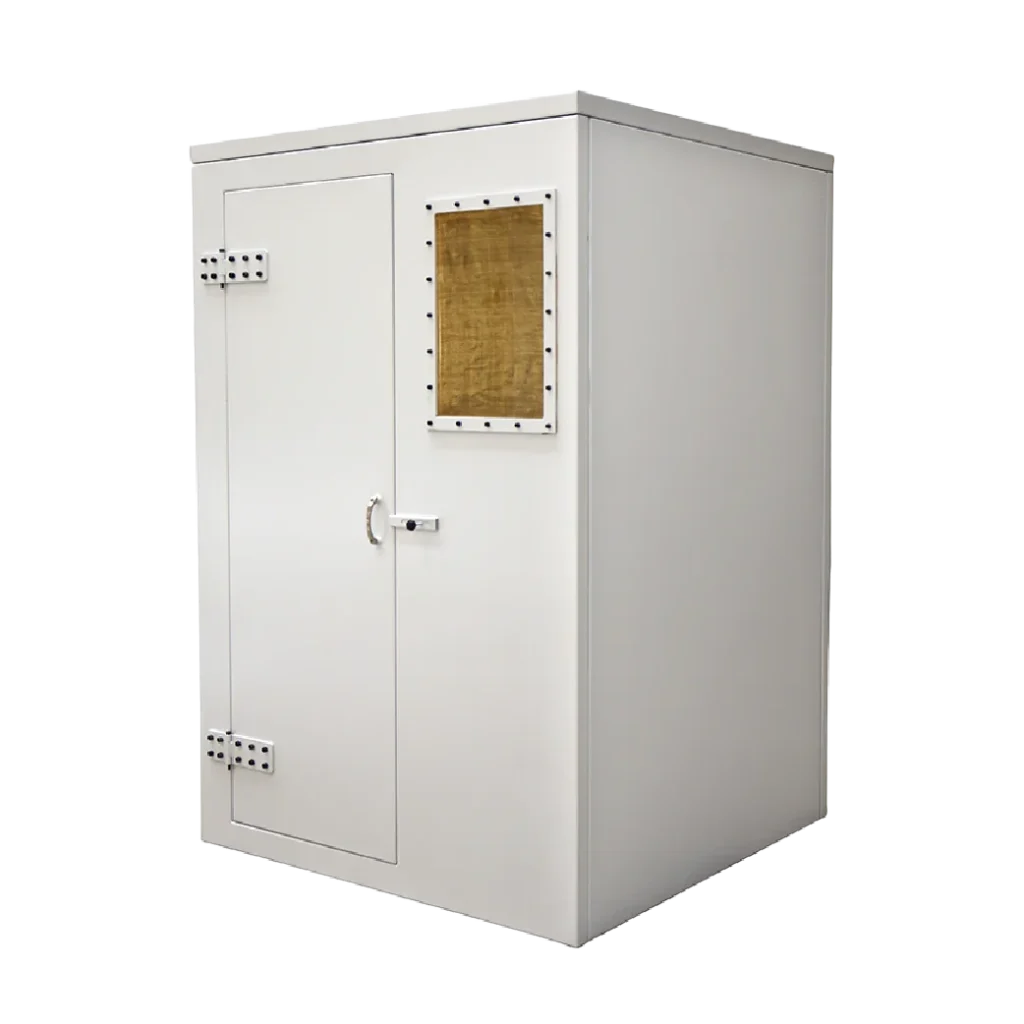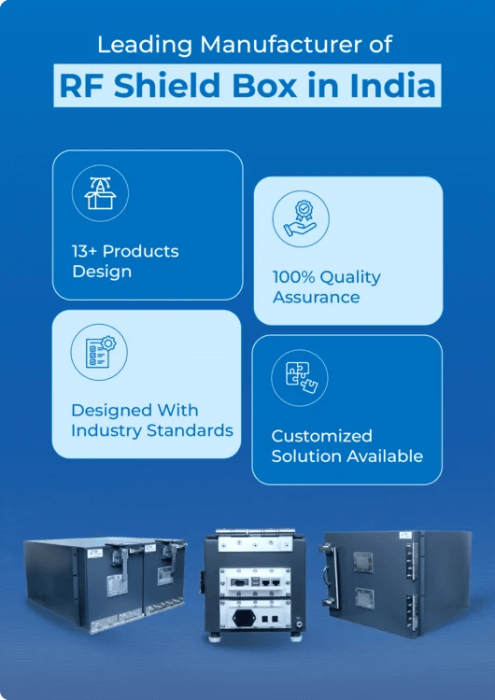
Anechoic Chamber Applications for Electronics Testing
Imagine a room so quiet you can hear your own heartbeat.
This isn’t science fiction; it’s the reality of an anechoic chamber, a specially designed space that sanctuary plays a crucial role in ensuring the smooth operation of our electronics.
Let’s explore how they create a silence for electronic testing and perfect the devices that enhance our modern lives.
What is an Anechoic Chamber? - In Detail
An anechoic chamber is a specially designed room that completely absorbs reflections of sound or electromagnetic waves, creating a space free from echoes or external interference.
Anechoic chambers are constructed with material that absorbs sound waves or electromagnetic waves. This prevents reflection from walls, floor, and ceiling – ensuring that any wave entering chamber is absorbed rather than bounced back.
In short, it creates an environment devoid of echoes and external noise, allowing for the precise electronic testing and evaluation of electronic devices.
Requirements For Electronic Device Certification
Regulatory and carrier requirements often necessitate testing in RF and anechoic chambers. Every electronic device, whether wireless or wired, must comply with specific governmental regulations, which vary by application and location.
Nearly all products must meet government standards for unintentional emissions. Anechoic or semi-anechoic chamber testing at accredited certification labs is crucial for obtaining certification or completing a Declaration of Conformity. While specifications might suggest using an Open Area Test Site (OATS) for testing, calibrated chambers are acceptable alternatives. Anechoic chambers are preferred due to their controlled environment.
In the United States, compliance with FCC Part 15B is mandatory for products containing a clock at 9kHz or higher, unless exempted (Title 47, Part 15.05 Digital Device, 15.101). Devices with transmitters require additional radio-based testing based on the operating spectrum and other relevant factors.
For sales in Europe, products must bear a CE mark. Compliance includes directives like the EMC Directive or Radio Equipment Directive (RED), which cover unintentional emissions, spectrum efficiency, and immunity requirements.


Applications of Anechoic Chambers
1. Antenna Testing
- Radiation Pattern Analysis: Anechoic chambers provide an environment free from reflections, allowing accurate measurement of the radiation pattern and gain of antennas across different frequencies.
- Antenna Efficiency: Testing antennas to determine their efficiency and performance characteristics under controlled conditions.
2. EMC (Electromagnetic Compatibility) Testing
- Radiated Emissions Testing: Assessing the level of electromagnetic emissions radiated by electronic devices to ensure they comply with regulatory standards (e.g., FCC Part 15 in the US, EMC Directive in Europe).
- Radiated Immunity Testing: Evaluating the susceptibility of electronic devices to electromagnetic interference (EMI) from external sources.
3. Wireless Device Testing
- Mobile Devices: Testing smartphones, tablets, and other wireless devices for compliance with wireless communication standards (e.g., LTE, 5G) and radio frequency (RF) performance.
4. Acoustic Testing
- Sound Absorption: Measuring the sound absorption coefficient of materials used in construction, automotive, and aerospace industries.
- Noise Reduction: Testing noise-canceling technologies and acoustic properties of products like headphones and speakers.
5. Automotive Industry
- Vehicle Testing: Evaluating in-vehicle electronic systems, antennas, and wireless connectivity to ensure compliance with automotive EMC standards.
- Sound Quality: Assessing the interior noise levels and sound quality of vehicles to enhance passenger comfort.
6. Aerospace and Defense
- Radar Cross Section (RCS) Measurement: Characterizing the radar signature of aircraft and military vehicles to evaluate stealth capabilities.
- Satellite and Spacecraft Testing: Ensuring electromagnetic compatibility and antenna performance for communication and navigation systems in space.
7. Research and Development
- Prototype Testing: Testing new electronic devices and components to validate their performance and compliance with industry standards before mass production.
- Material Research: Studying the electromagnetic and acoustic properties of new materials for potential applications in various industries.
8. Medical Devices
- Electromagnetic Interference (EMI) Testing: Ensuring medical devices are not susceptible to external electromagnetic interference that could affect their operation or patient safety.
9. Telecommunications
- Base Station Testing: Evaluating the performance and radiation characteristics of antennas used in cellular and wireless communication networks.
Types of Anechoic Chambers
1. Fully Anechoic Chambers
Fully anechoic chambers are electromagnetically shielded enclosures that absorb sound and electromagnetic waves from all directions. These quiet havens, lined with specialized wedge or pyramid absorbers, are ideal for critical testing where any reflections or interference could skew results. They’re perfect for tasks like assessing a device’s susceptibility to electromagnetic noise (EMC testing), precisely evaluating antenna performance, or measuring a device’s sound in an echo-free environment.
2. Semi Anechoic Chambers
A more cost-effective alternative, semi-anechoic chambers absorb waves from walls and ceilings, but the floor typically reflects radio frequencies. While not as silent as their fully anechoic counterparts, they’re most suitable for pre-compliance testing, evaluating antenna radiation patterns in specific planes, or checking a device’s electromagnetic emissions.

